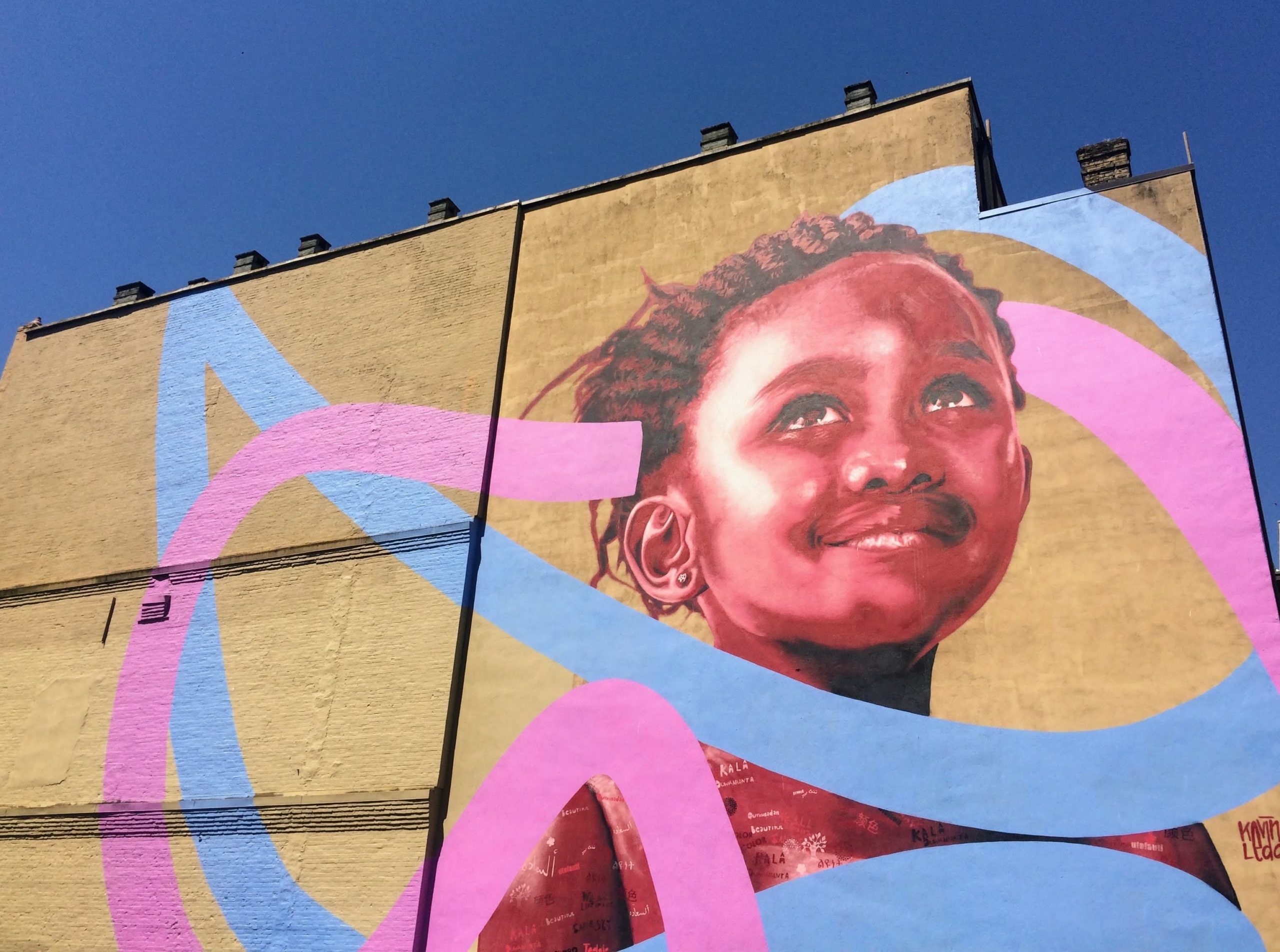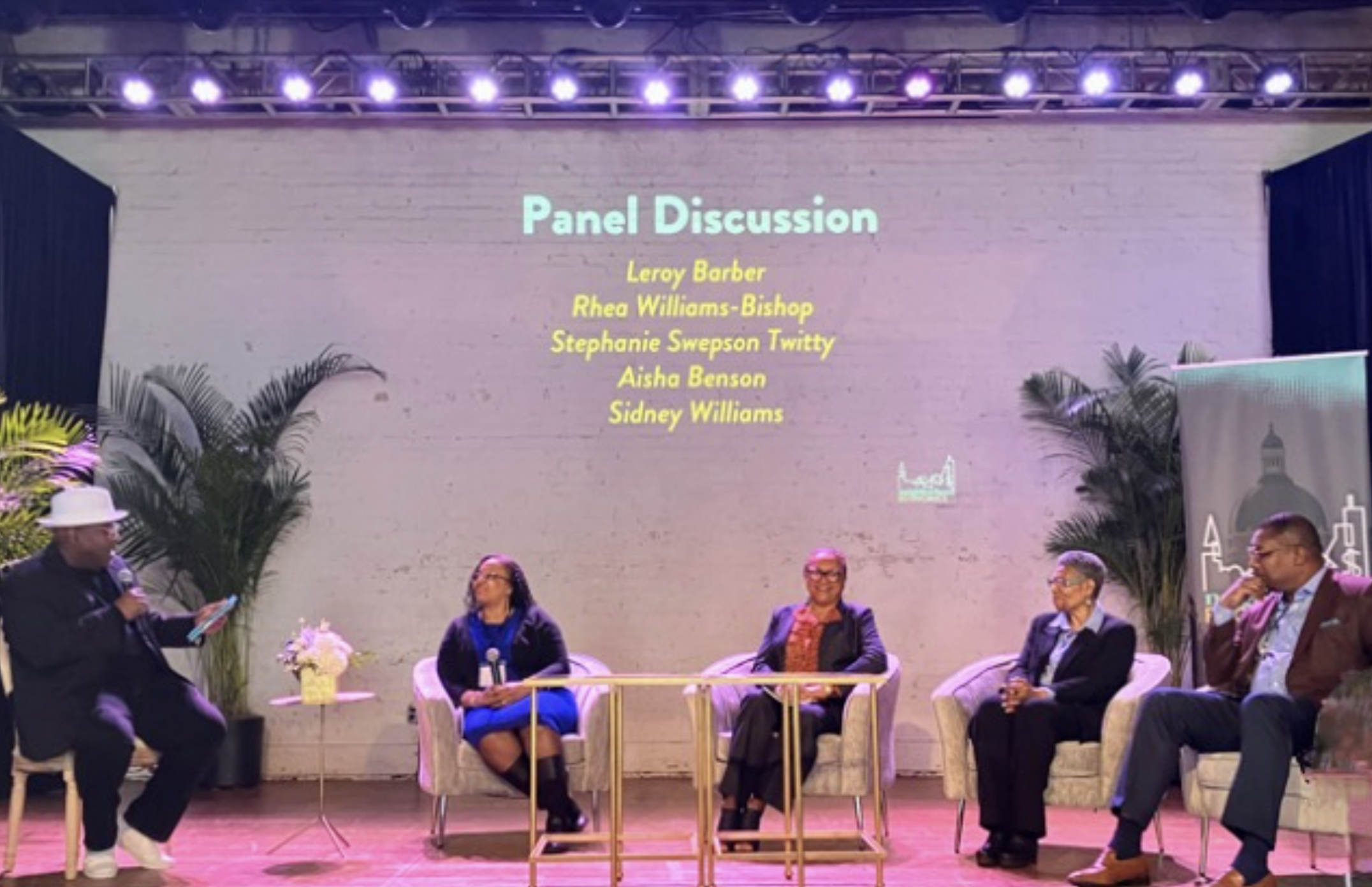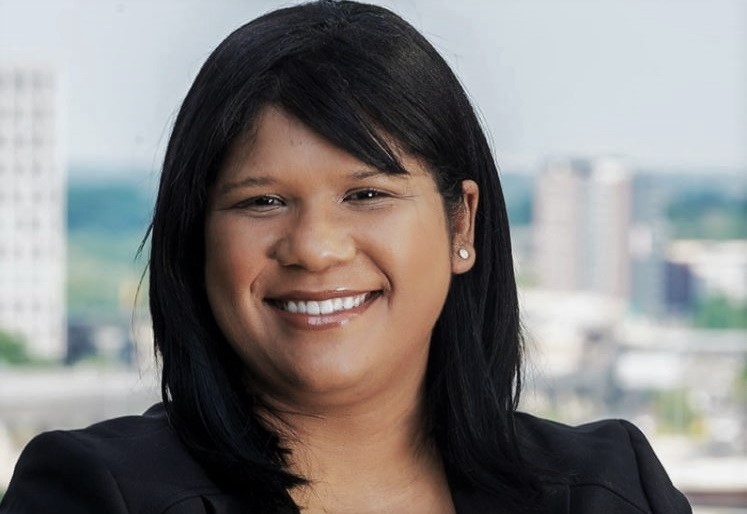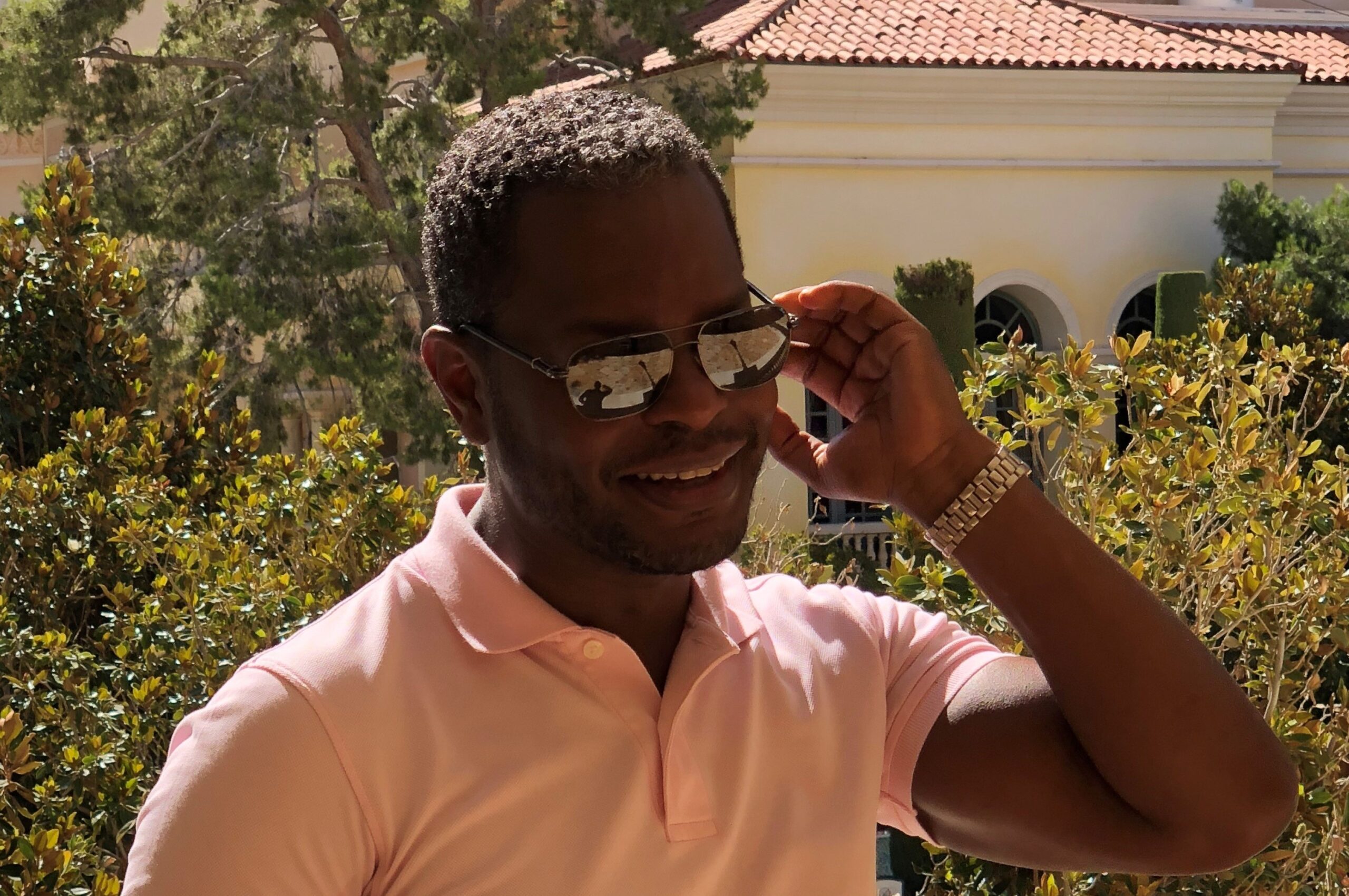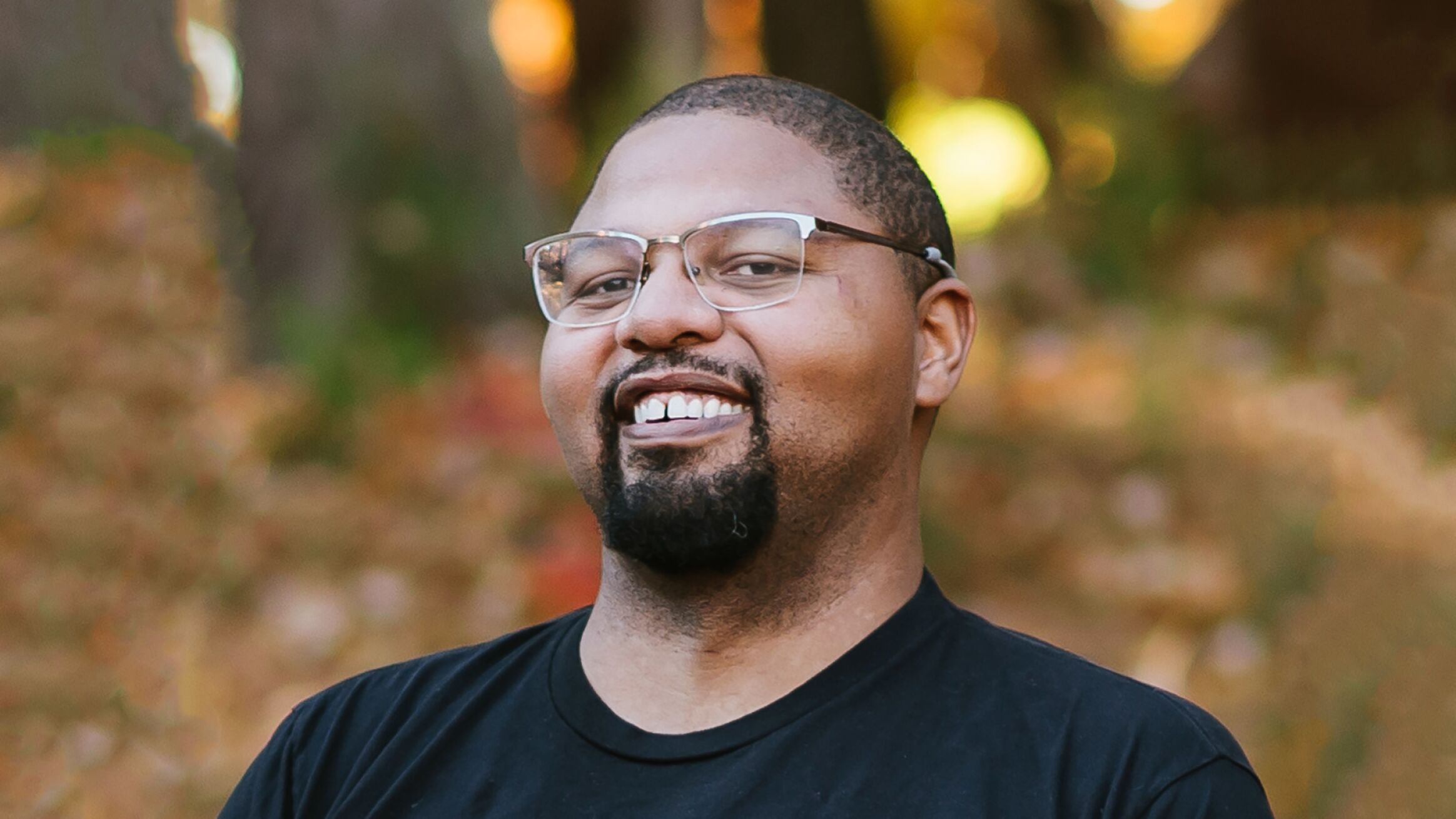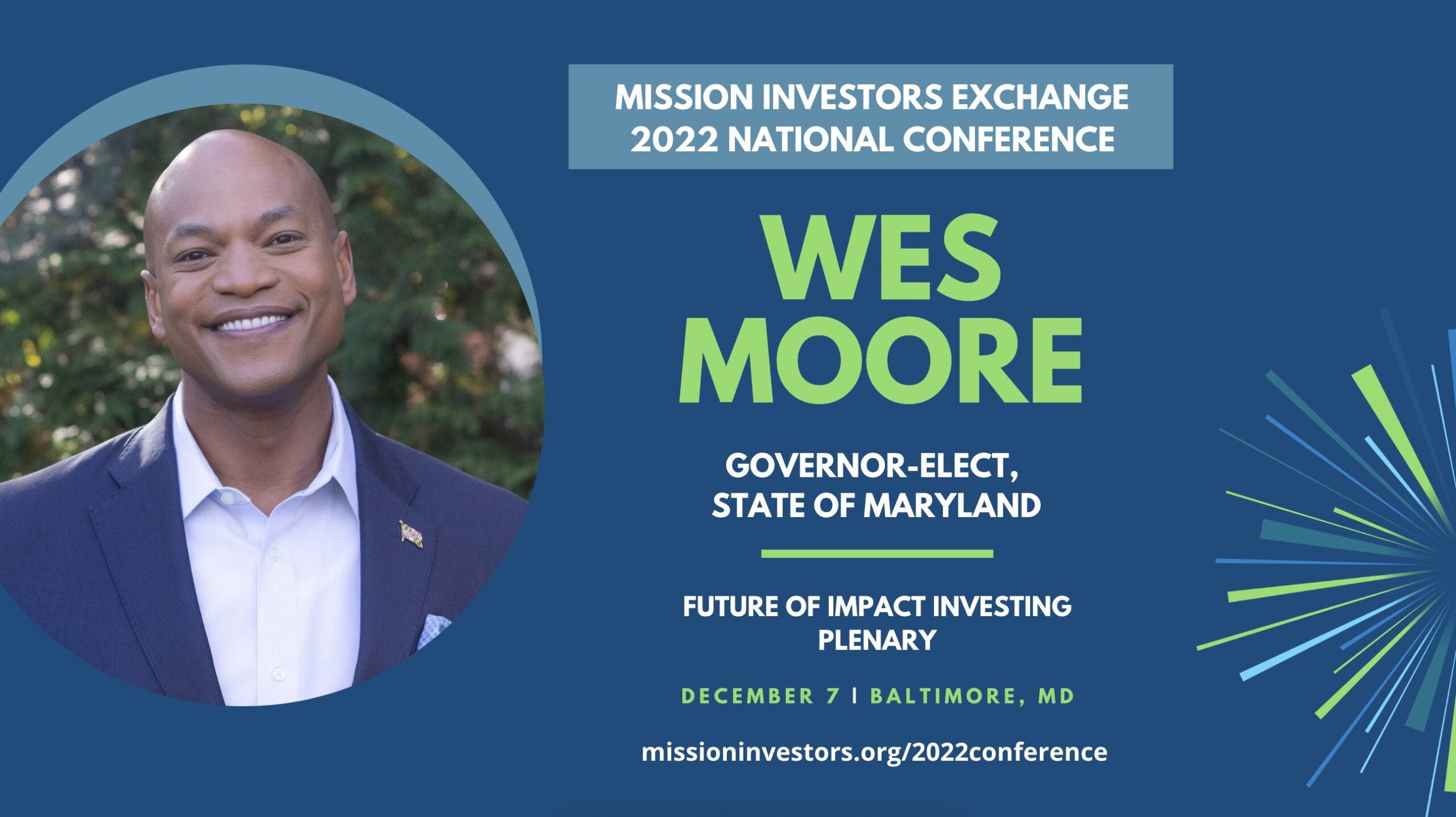ImpactAlpha, Dec. 9 – These times “require moral policies aimed at fully addressing the interlocking injustices of systemic racism, poverty, the denial of health care and ecological devastation, militarism, and the distorted moral narrative of religious nationalism,” reads a resolution currently pending in Congress, calling for “a third Reconstruction to build an equitable, thriving, and resilient economy from the bottom up.”
The wide-ranging resolution – H.R. 438 – is unlikely to pass. But a third Reconstruction is gathering momentum nonetheless, across public and private spheres, to redress the legacy of racism and address the need for systemic change in the rules and practices of capitalism.
Some elements of a third Reconstruction have survived in the recently signed infrastructure bill; others may be part of the Build Back Better plan still awaiting approval. The Biden administration, for example, has promised to deliver at least 40% of benefits from federal investments in climate and clean energy to disadvantaged communities.
But it will take not just the whole of government, but the whole of America to close the racial wealth gap and fulfill longstanding promises of justice and shared prosperity.
Proactive vision
Over the past year, conversations on The Reconstruction podcast series from ImpactAlpha have laid down markers for such a public and private mobilization. Agents of Impact Call No. 36, on Tuesday Dec. 14, will take a cut at “The Reconstruction This Time” (RSVP).
“For me, it always starts with who has the power? How can that power get disrupted?” Common Future’s Rodney Foxworth told podcast host Monique Aiken. “How can more people, particularly those who have been most adversely impacted by these challenges, actually have power and can assert that power for themselves?”
Anne Price of the Insight Center for Community Economic Development called out the necessity of centering Blackness in the design and execution of policies, projects and ventures.
Call it targeted universalism, the contribution of Berkeley professor john a. powell, who advocates for broad uplift by targeting the needs of particular groups. Call it the curb cut effect, the metaphor used by PolicyLink’s Angela Blackwell and others that reminds parents with strollers, travelers with roller bags and delivery workers with carts of the broader benefits of sidewalk curb cuts originally intended to facilitate wheelchair access.
Or call it the rise of the ‘S’ in ESG. In this country, as around the world, “overlooked,” “underserved,” “disadvantaged,” and certainly “underestimated” populations are the growth drivers of the economy and of nations. Good jobs, affordable housing, social outcomes and wealth creation for the new majority – the proactive vision of economic liberation for all identifies is a mega-trend at least as big as the current surge of climate capital or even the tech wave.
Consider: The number of businesses owned by Black and Latinx founders surged through the COVID pandemic, in contrast to white and Asian-owned businesses, which actually fell. And the number of businesses owned by Black women grew the fastest of all.
“There’s been this increase in Black women and people of color and I think it’s because we realize that it is probably the truest form of a pathway for us to actually realize economic wealth and empowerment,” says Melissa Bradley of 1863 Ventures. The Washington D.C.-based nonprofit has distributed business grants of $5,000 each to more than 700 Black and brown business owners who have completed an online course in the 3 R’s – recover, rebuild and resilience.
“Many of us, particularly as black and brown entrepreneurs have the unique competitive advantage over white firms, in that we know how to tap into the trillions of dollars of consumer power that we have that so many other businesses cannot,” Bradley says.
Other investment theses that bet on such positive uplift range from Kesha Cash’s Impact America Fund, which seeks tech solutions that drive ownership, opportunity and empowerment in communities of color, to place-based efforts like the Atlanta Wealth Building Initiative, led by Latresa McLawhorn Ryan. The consultancy Bridgespan recently identified more than 160 funds with strategies to raise the power, agency and wealth of individuals and communities of color.
On the beat and in The Reconstruction podcast, ImpactAlpha has explored the elements of Reconstruction investing, including
1. Flexible and appropriate capital to finance millions of diverse-led companies.
The venture capital model has fostered a culture of growth at any cost – and of founder homogeneity. Venture capital investments in female and underrepresented founders remain dismally low. Reconstruction investors like Bradley investors are moving to fill the gap with alternatives such as revenue-based finance, universal basic income for Black founders and “friends and family” capital.
Kim Folsom’s Founders First, like 1863 Ventures, provides flexible, revenue-based financing for solid, service-based businesses that are creators of both jobs in underserved communities and wealth for diverse founders.
Impact investors turn to revenue-based financing to bridge capital gaps for founders of color
“Our goal is to make this a sustainable model with quantifiable impact in the communities we serve,” Folsom told ImpactAlpha. “We want to be able to demonstrate a new capital asset class for investors.”
Local funds such as Oakland’s Runway Project and Boston’s Ujima Fund and the Boston Impact Initiative are building blueprints for a racially inclusive recovery.
2. Reparative investing models that shift power and ownership.
Building community ownership, governance, and power among low-income BIPOC communities are the main pillars of Restorative Economics, a framework championed by Nwamaka Agbo, who leads the San Francisco-based Kataly Foundation.
Kataly’s Restorative Economies Fund has backed a handful of cooperative housing trusts, food and land cooperatives and environmental justice organizations. Agbo’s work on restorative economics inspired Foxworth’s thinking on “reparative investing.”
Restorative economics is about “being able to lean in closely around being honest and transparent about the owners, about how decisions are being made and who gets to make those decisions,” Agbo says.
In Philadelphia and Atlanta, as well as Tulsa, Los Angeles and Portland, neighborhood trusts and community organizations are harnessing legal structures and evergreen investment funds to preserve community ownership of commercial and residential assets in fast-gentrifying neighborhoods
3. Proximity to the problem to build solutions for all.
Those most marginalized often have the best view of the solution. In an effort to solve for climate justice, for example, members of Greentech Noir, a growing network of Black investors, entrepreneurs and operators, are using their proximity to communities and their own lived experience to build companies with scaleable climate solutions.
“Climate change is a public health issue, it’s a social justice issue and it’s an economic issue,” Include Ventures’ Taj Eldridge, a founding Greentech Noir member, said on The Call, Black Tech, Green Solutions, co-hosted by The Plug and ImpactAlpha in October. “We’re investing to save Kesha, to save Taj, to save Derek and everyone else.”
Black and Brown climate tech entrepreneurs, often from communities disproportionately impacted by climate change, are “so critical because they understand the urgency of building in a way that maybe other founders do not understand,” says The Plug’s Sherrell Dorsey.
llumen Capital, an impact fund of funds, requires the fund managers it backs to participate in an “impact experience” to explore how the U.S. history of racial terror still affects the asset management industry.
“By connecting the dots of slavery, the period of racial lynching terror, Jim Crow and mass incarceration, we help investors begin to understand the history that led to the racial disparities seen across investing today,” Illumen’s Daryn Dodson writes in ImpactAlpha.
“We need to be talking to the folks who are the most on the margins, in an effort to really understand how to stabilize the shifts that are happening, and then how to kind of grow and rebuild into more empathetic structures,” says Jessica Barron of Frontline Solutions, which is boosting the efforts and political ambitions of Black, Latina, Asian, Native and other women of color.
4. Redefining risk to expand access to capital.
Models for underwriting risk in business lending and real estate based on collateral and assets have too often excluded communities of color and compounded racial wealth gaps. Reconstruction investors are underwriting character and community connection to expand access to capital.
“Just because you’re unbanked, or not banked at the moment, doesn’t mean you’re actually high risk. It just means the system hasn’t worked for you,” said Roanhorse Consulting’s Vanessa Roanhorse. Roanhorse, co-founder of Native Women Lead, worked with Nusenda Credit Union to launch Co-op Capital, which since 2018 has made thousands of small loans and shifted lending decisions to organizations with deep relationships in the regions where borrowers live.
In real estate, Enterprise Community Partners, a 40-year-old affordable housing nonprofit, is challenging its own risk models that it says have been complicit in excluding developers of color in community development finance. Enterprise’s Equitable Path Forward initiative is providing credit enhancements, underwriting connection to community and earmarking capital for BIPOC developers.
Says Enterprise’s Lori Chatman, “When you take out of the equation your preconceived notions, anything can happen.”

